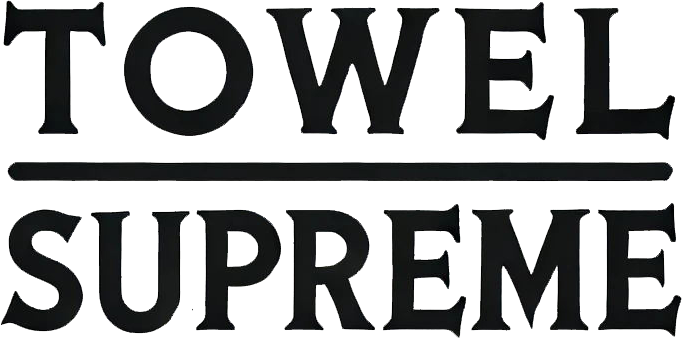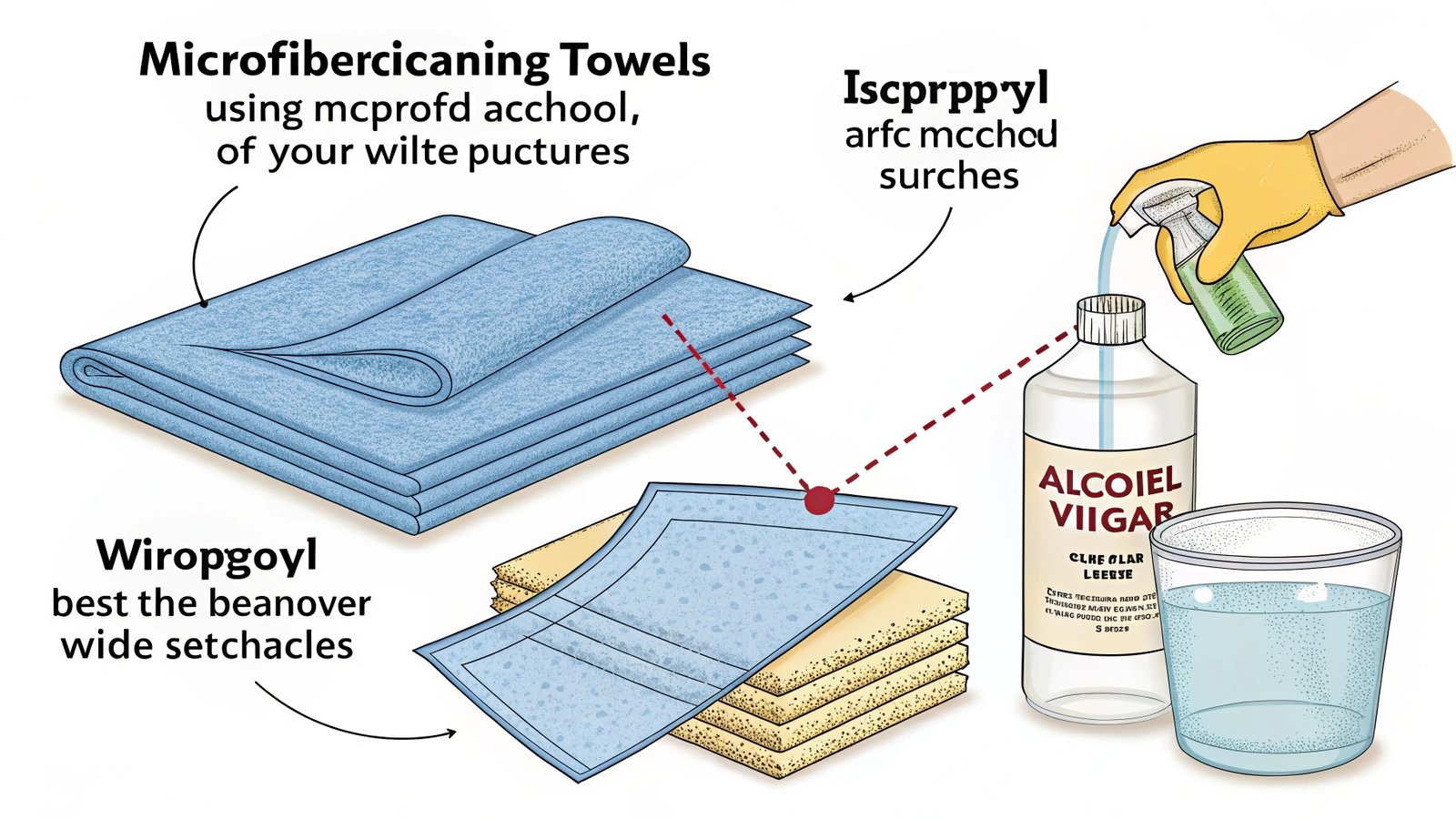Ever struggled with a dirty windshield that just won't stay clean? You wipe it, only to have streaks and smudges come right back. A clear windshield isn't just about looks - it's a safety must.
The best way is to use microfiber towels with isopropyl alcohol or white vinegar. Microfiber lifts dirt without scratching, while alcohol/vinegar cuts through grease without leaving residue. Avoid paper towels or ammonia-based cleaners that cause streaks.
Many drivers don't realize that regular household cleaners can actually make windshield dirt worse. The secret lies in both your tools and technique - let's break it down properly.
What is the best thing to clean the inside of your windshield?
That annoying film on your windshield comes back even after cleaning? You're probably using the wrong products that just spread the grease around instead of removing it.
Specialized glass cleaners or a 50/50 mix of distilled water and isopropyl alcohol work best. Combine this with a high-quality microfiber towel that has at least 300 GSM density to effectively lift dirt away.
The problem most people face isn't the cleaner - it's their tools. Here's what makes microfiber superior:
| Material | Why It Works | Best For |
|---|---|---|
| Microfiber | Tiny fibers grab dirt particles | Regular cleaning |
| Lint-free cloth | Prevents fiber residue | Final polish |
| Foam applicator | Even solution distribution | Applying cleaner |
Ordinary towels leave behind lint and don't absorb properly. Invest in professional-grade microfiber towels specifically designed for auto glass - they'll last longer and perform better.
How do I get the film off the inside of my windshield?
That stubborn haze isn't just dirt - it's evaporated volatile compounds from your dashboard mixing with dust. This creates a sticky film regular cleaners can't handle.
For tough film buildup, use a degreaser first, then follow with glass cleaner. Apply in small sections using straight motions - never circles. Fold the towel frequently to use clean surfaces.
This two-step process works because:
- Degreasers break down the oily residue
- Glass cleaner removes the remaining film
- Microfiber absorbs both contaminants completely
Common mistakes to avoid:
- Using too much product (leaves streaks)
- Cleaning in direct sunlight (causes quick drying)
- Reusing dirty towels (redeposits grime)
How do you get rid of haze on inside of windshield?
Morning haze makes driving dangerous and frustrating. Unlike regular dirt, haze comes from chemical interactions inside your car that need special treatment.
For haze removal, distilled white vinegar works exceptionally well. Its acidity breaks down residues without damaging tints or coatings. Always wipe vertically on the inside and horizontally on the outside to identify streaks.
Understanding haze composition helps removal:
| Haze Type | Cause | Solution |
|---|---|---|
| Grease-based | Armor All products | Isopropyl alcohol |
| Plasticizer | Dashboard outgassing | Vinegar solution |
| Smoke residue | Cigarette smoke | Baking soda paste |
Prevent future haze by:
- Limiting dashboard protectants
- Parking in shade when possible
- Using sun shades to reduce heat
How do I get streak free interior windshield?
Nothing's more annoying than cleaning your windshield only to see streaks when sunlight hits it. This usually means there's cleaner residue left behind.
The key to streak-free results is proper drying. After cleaning, immediately buff with a dry microfiber towel using firm, straight strokes. Change towel sides frequently to ensure absorption.
Achieving professional-level results requires:
- Quality materials (thick microfiber towels)
- Proper technique (straight line motions)
- Adequate lighting (check from multiple angles)
- Patience (don't rush the process)
For worst-case scenarios:
- Wash towels in vinegar (removes detergent buildup)
- Try distilled water only (some cleaners react badly)
- Consider professional-grade glass cleaners
Conclusion
Clean windshields require microfiber towels and proper cleaners. Avoid streaks by working in sections and buffing dry. Regular cleaning prevents tough buildup.



